How to choose the right type of boat for your fishery
Whether you are a fishery owner looking for a boat to maintain your lakes or wanting a fleet of boats to let your own anglers get out on the water, choosing the right type of boat for the job can be a bewildering experience.
In this guide, written in association with Heyland Marine, a leading supplier of a wide range of boats and platforms, we navigate the key factors to consider when choosing a boat for fishery maintenance.
There’s plenty to think about
If you are looking to purchase a boat for your fishery, or even a fleet of water craft there’s lots to consider. In addition to your budget, you’ll need to consider a number of factors including what it will be used for, construction, durability, manoeuvrability, safety and performance. Pick a boat which is too large and of the wrong type could mean you end up with a craft which is difficult to handle and not fit for the job.
For fishery owners, maintaining a fishery is a crucial aspect of preserving aquatic ecosystems which ensure healthy fish stocks and present an attractive and fishable venue for visiting anglers. Having the right boat for maintenance work which can’t be carried out from the bank makes weed removal, netting operations and other jobs a whole lot easier and ensures you get value from your investment. In this guide, with the help of Heyland Marine a leading supplier of a wide range of boats and platforms, we navigate the key factors to consider when choosing a boat for fishery maintenance.
Understanding Your Needs
Before diving into the specifics of boat selection, it’s imperative to assess your individual requirements. Consider the scale of your fishery operations, the type of maintenance tasks involved, and the environmental conditions you’ll be working in. Are you primarily conducting routine inspections and minor repairs, or do you need something capable of transporting equipment? A good starting point is to draw up a list of the types of jobs you will be carrying out both regularly and on an ad hoc basis. these jobs may include; testing of water quality, checking and maintaining aeration systems, doing fish surveys and netting, removing weed, maintaining banks, removing silt and maintaining aquatic plants are just a few of the tasks where a good boat will be of assistance.
On larger fisheries with several lakes It is also worth considering how you will transport the boat from one water to the next. For most fisheries you will also need to consider how you will move the boat to a safe and secure place when it is not in use to prevent it being vandalised or at worst, stolen. Having clarified your needs a simple starting point can be to browsing through the websites of boat providers such as Heyland Marine to get an insight into the features and capabilities of different models.
Size and Capacity
The size of the boat is directly correlated with its carrying capacity and stability on water. For fishery maintenance tasks that involve transporting equipment, nets or people, opting for a vessel with ample deck space and weight-bearing capacity is essential. For smaller fisheries a craft such as the Neptune 250 is an ideal boat for carrying out little jobs and can easily carry 2 people with equipment (max load of 260KG). For larger waters, the Sturdy 400 maintenance boat which is available in 3 sizes up to 4M, has much more capacity and can handle loads up to 410KG – which could take up to 4 people, or large nets and equipment.
Construction and Durability
Given the demanding nature of fishery maintenance operations, durability is paramount when selecting a boat after all, you’ll be wanting to use it for many years to come. Look for vessels constructed from robust materials such as aluminium or UV stabilised high density polyethylene, capable of withstanding regular movement in and out of the water, bad weather and frequent use. Polyethylene as a material is particularly durable, is impervious to osmosis, rot and rust proof and has no outer coating to maintain. Polyethylene hulls are up to three times stronger than conventional fibreglass. These materials will stand the test of time from regular use and also weather conditions.
Manoeuvrability and Performance
Ease of manoeuvrability is critical for navigating on rivers, large lakes, through narrow waterways, accessing remote areas, and performing precise maintenance tasks. It is also important when being used on waters where other boats are present. Consider factors such as hull design, propulsion system and steering mechanisms to assess a boat’s manoeuvring capabilities. Heyland Marine’s Neptune and Sturdy ranges both have flat bottoms, which make them more stable and suitable for not only fishing from, but also to do maintenance work from. Buoyancy is also a key factor and the Nepture 250 and the Sturdy 400 maintenance boat both have built in Buoyancy, making them safer to use and also giving them additional load capacity.
Versatility and Adaptability and ease of use
A versatile boat can accommodate a wide range of fishery activities from being used by anglers on large reservoirs or rivers to routine maintenance on lakes. The Sturdy 400 Maintenance Boat for example comes equipped with oars and rowlocks but can easily be fitted with an outboard if required. The bottom of the boat has built in roller wheels, which makes it easy for owners to slide in and out and move between lakes.
What to look out for when choosing a maintenance and fishing boat
- Stability: Stability is important; we’d recommend a flat bottomed boat, rather than a v-shaped hull rowing boat. This generally allows a higher load compared to the traditional dinghy shape and is more stable for netting, maintenance and even fishing from.
- Designed for fisheries: Ensure that the boat has been manufactured with fishing in mind ie. no sharp points or corners to snag nets, waders or other equipment.
- Ease of maintenance: Drainage bungs are important for maintenance and cleaning purposes after fishing or carrying out maintenance. but choosing a material such as Polythylene or Aluminum degrade very little and require little or no maintenance.
- Durable material: Steer away from traditional fibreglass hulls as these can be easily damaged on rocks, submerged logs or other snags in the water and look for low maintenance materials such as UV stabilised polyethylene which is tough and hard wearing and will provide more years of service.
- Storage: Ensure that the boats are manufactured with storage in mind, not only for fishing goods but also for general storage of anchors and other boating equipment.
- Movability: Whether you have muliple lakes, or just want to store your boat, choosing a boat with built in roller wheels makes it so much easier when moving it on land.
- Security: Ensure that the boats, when stored, are able to have a chain to anchor it down for security purposes and to deter opportunist and to protect your investment;
- Manufacturing process: look for a roto moulded manufactured hull. Due to the reduced time in the manufacturing process, typically the price is 50 per cent less compared to a traditional handmade fishing boat.
Conclusion
Choosing the right boat for fishery maintenance requires careful consideration of various factors including size, construction, performance, versatility, and safety. Heyland Marine have been supplying inland water craft for over 40 years and would be delighted to offer advice on any of their range. For more information on their products and service, please visit their website on https://www.heylandmarine.com/
Similar articles
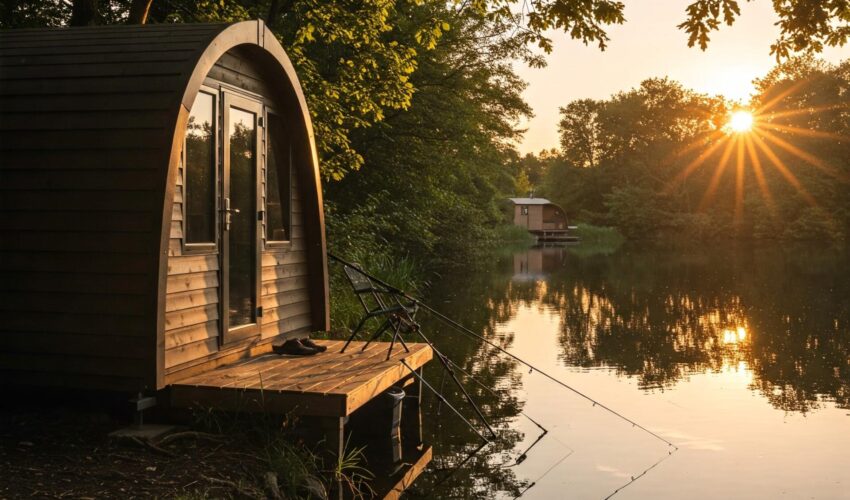
A guide to adding accommodation for fisheries
How to increase the income of your fishery by adding accommodation for anglers in the form of lodges, huts, cabins, pods and other modular buildings to your fishery venue.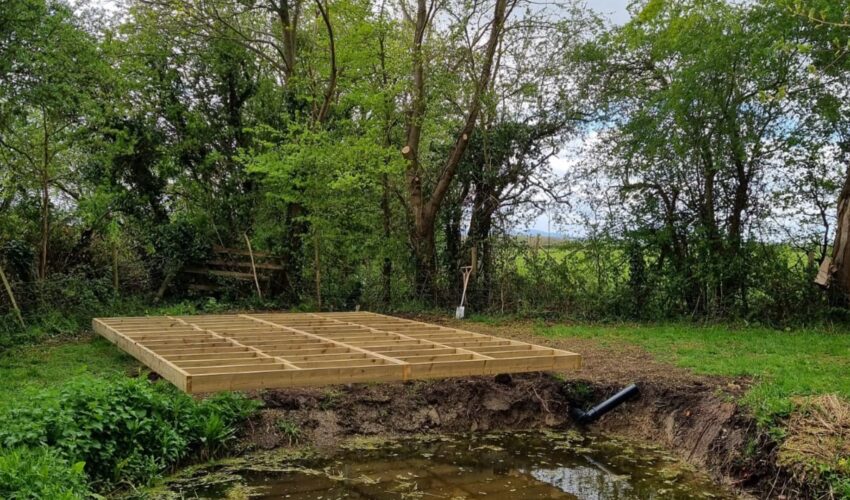
How to install foundations at your fishery
We delve into the challenges of waterside construction, outlining the advantages and disadvantages of various foundation types, and learn how to create durable, long-lasting structures that add value to your fishery.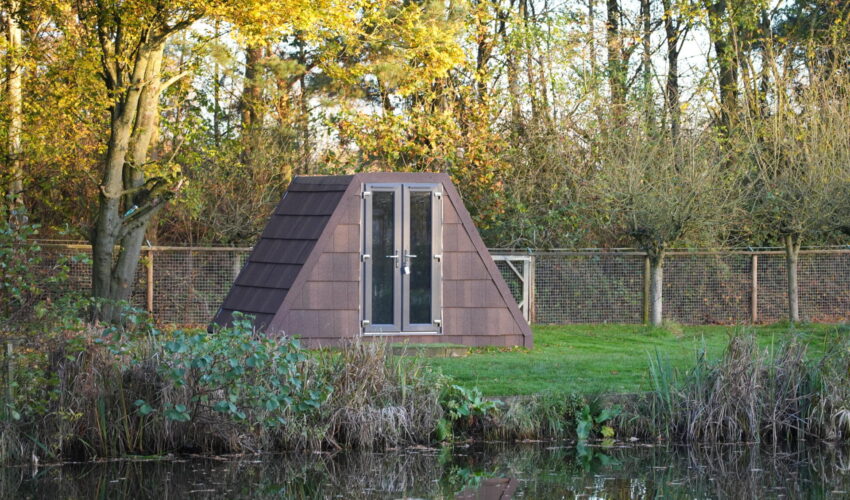
The latest angling pods hit the fisheries market
Join the growing number of fisheries which are boosting their income by installing Tardis Angling Pods – providing their customers with comfort and convenience while adding real profit to the bottom line.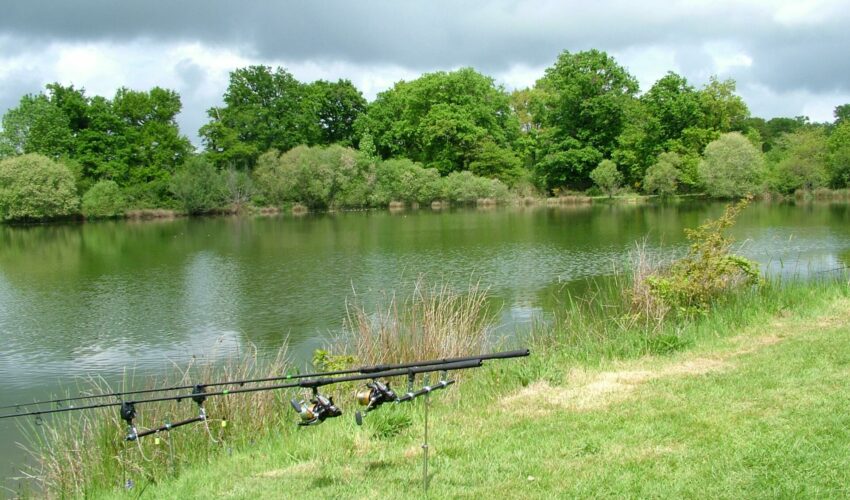
How lake fertilisation can improve your fishery and fish
Resident fishery management expert Bruno Broughton explores how lake fertilisation can help improve your fishery and explains how to go about it.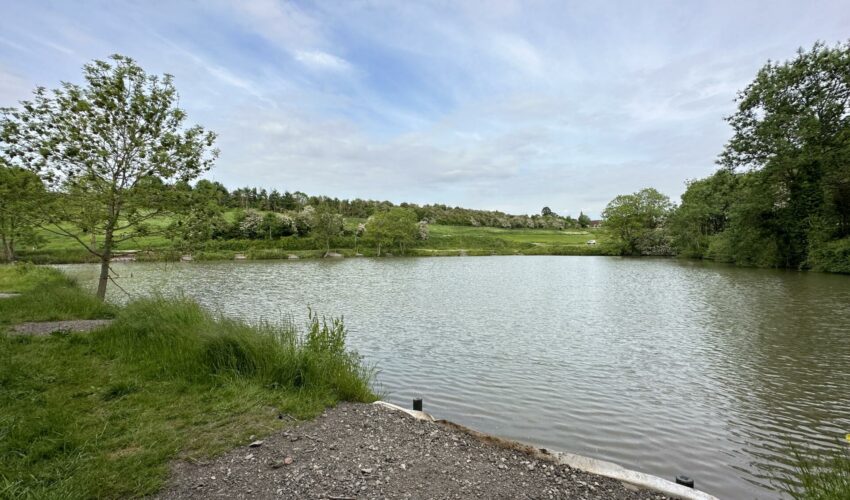
Make more money from your fishery!
Our ‘Top 10 Tips’ on how to make more money from your fishery this year. Not all are easy and most require some investment – but they will definitely help to increase the revenue from your fishery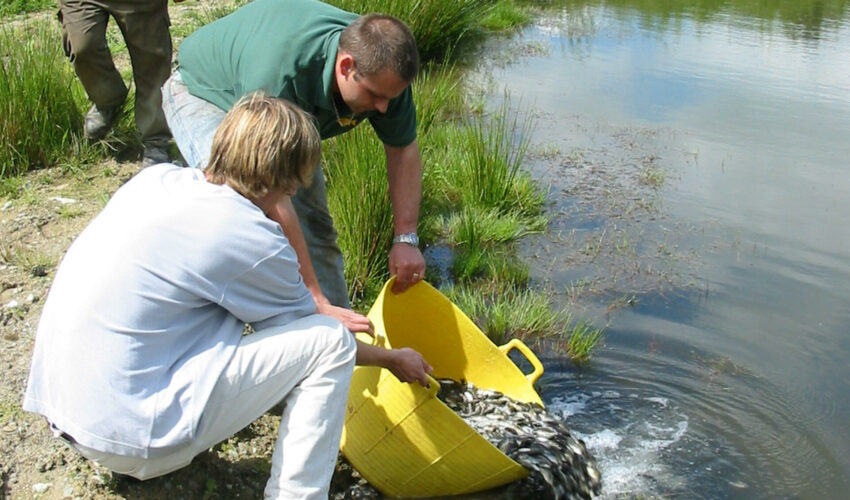
Timely advice on coarse fish stocking
Fisheries Management Consultant, Dr Bruno Broughton, gives timely advice on when and how to stock new fish.Search by Region or County
Find new places to go fishing in your local area or county by choosing your destination below











Comments